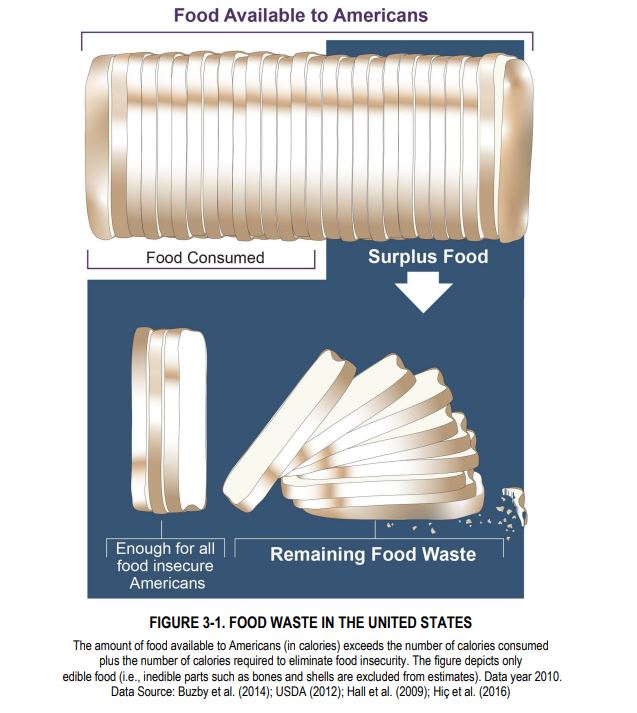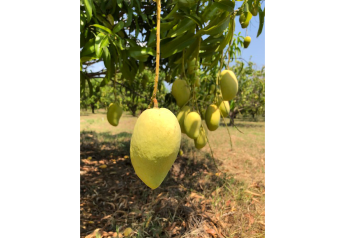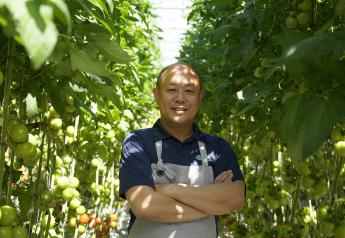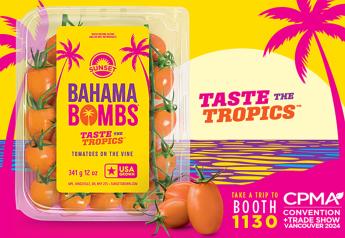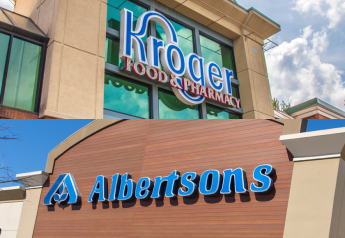Food Waste is a Growing Problem in the U.S.
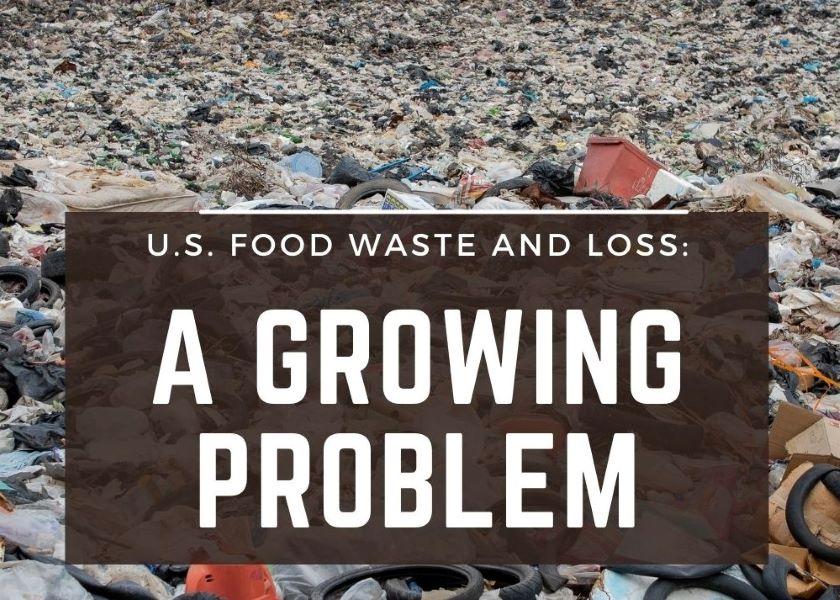
A new report shows over one-third of the food produced in the U.S. is never eaten. Not only does this waste resources used to produce food, but it also creates a myriad of environmental impacts, the U.S. Environmental Protection Agency (EPA) said in its latest report.
Food waste is the single most common material landfilled and incinerated in the U.S. In its report, “From Farm to Kitchen,” EPA pointed out that wasted food presents opportunities to increase food security, foster productivity and economic efficiency, promote resource and energy conservation, and address climate change.
Nearly seven years ago, the U.S. announced a goal to halve U.S. food loss and waste by 2030, but EPA said significant progress has not been made toward this goal.
“Globally, food loss and waste represent 8% of anthropogenic greenhouse gas emissions (4.4 gigatons CO2e annually), offering an opportunity for meaningful reductions,” EPA said in the report.
A Sustainable Approach
Reducing food waste can help feed the world’s growing population more sustainably. The United Nations (UN) predicts that the world population will reach 9.3 billion by 2050. This increase will require a more than 50% increase in food production from 2010 levels.
“Decreasing food waste can lessen the need for new food production, shrinking projected deforestation, biodiversity loss, greenhouse gas emissions, water pollution, and water scarcity,” the report noted.
Estimates that include food lost or wasted during all stages of the food supply chain (from primary production to consumption) range from 161 to 335 billion pounds per year, or 492 to 1,032 pounds per person per year, equal to approximately 35% of the U.S. food supply.
Each year, U.S. food loss and waste embodies:
• 140 million acres agricultural land – an area the size of California and New York combined
• 5.9 trillion gallons blue water (fresh surface and groundwater) – equal to annual water use of 50 million American homes
• 778 million pounds pesticides
• 14 billion pounds fertilizer – enough to grow all the plant-based foods produced each year in the United States for domestic consumption
• 664 billion kWh energy – enough to power more than 50 million U.S. homes for a year
• 170 million MTCO2e GHG emissions (excluding landfill emissions) – equal to the annual CO2 emissions of 42 coal-fired power plants
The report also examines how U.S. food loss and waste compares to other countries. The U.S. currently wastes more food and more food per person than most any other country in the world.
“Closing yield gaps and increasing productivity alone will likely be insufficient to prevent further deforestation and environmental degradation,” the authors of the report said. “Even under the most promising scenarios of yield increases, up to 20% more land will be needed by 2050. Thus demand-side measures, such as reducing food loss waste or dietary shifts, will also be needed to sustainably increase the food supply.”
The full EPA report can be accessed here.
Read More:
Want Not, Waste Much: 5 Ways to Reduce and Recycle Food Waste


